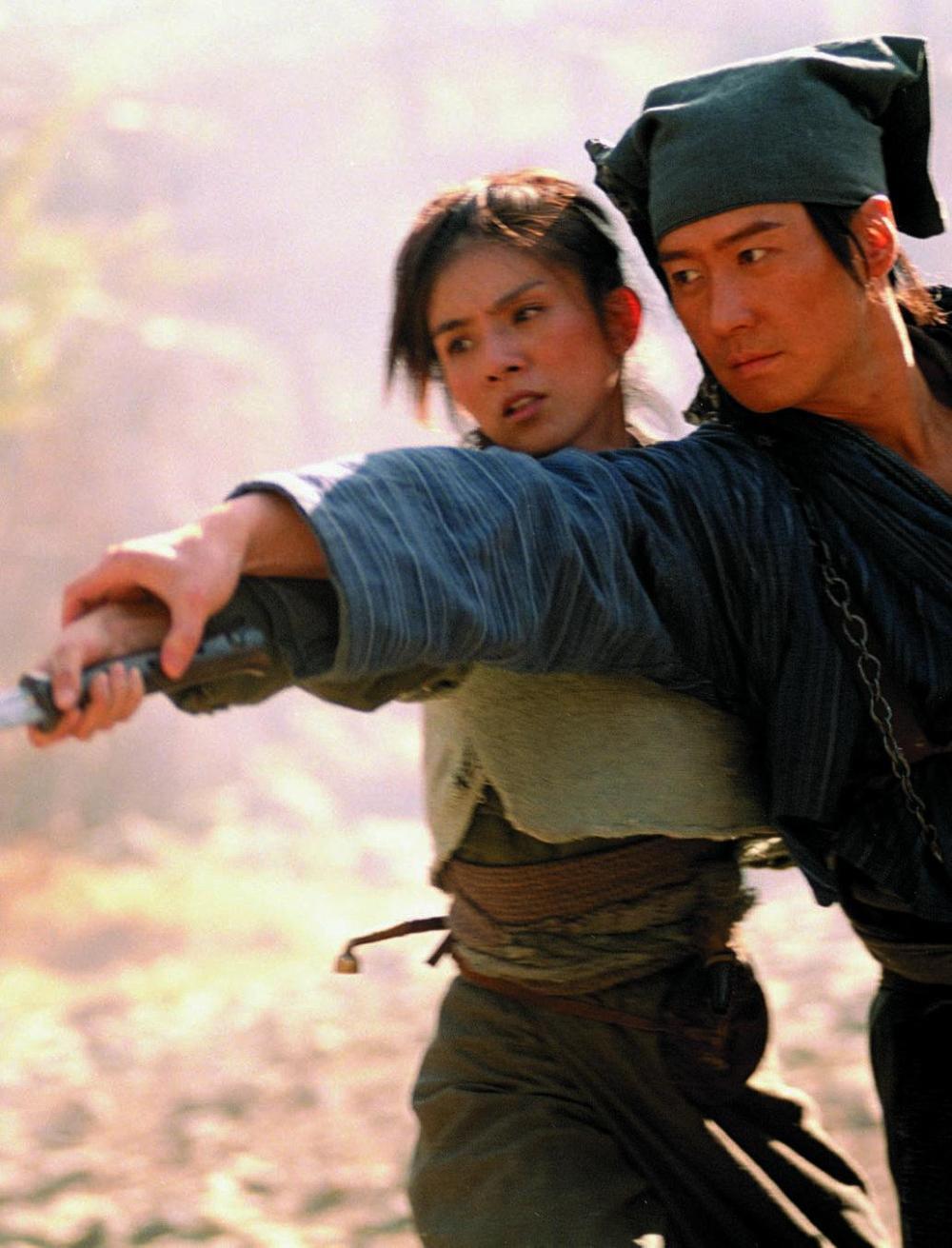Another week gone by and 2022 continues to be terrible. So when picking a new topic for this month’s deep dive, I decided to let something other than pure interest guide my choice. I didn’t just want to learn about something for the sake of learning about it. I wanted to learn about something that would be a daily escape from the relentless awful headlines this year continues to spawn. Which is how I landed on wuxia.
Say what? I know, I know. It’s a bit of a weird choice. Wuxia heroes are often forged in moments of immense tragedy, and these stories often do not have a traditional western-style happy ending. But they are also stories about common people who find themselves in extraordinary circumstances. They are about characters who are not born into wealth or privilege, nor do they possess any magical abilities. But these heroes still fight against oppressors in the name of righteousness and justice, and they defend those who need protecting. Can’t imagine why stories like this would suddenly be so appealing.
So what exactly is wuxia? In a nutshell, wuxia is a genre of Chinese fiction that centres around martial artists. The word wuxia literally translates to martial heroes, and the earliest wuxia stories first appeared over 2,000 years ago. That being said, wuxia in the modern sense is much more recent. It was first widely acknowledged in the aftermath of the May Fourth Movement of 1919, and saw its golden age in the 60s, 70s, and 80s. Wuxia stories were originally found in literature, but it was the wuxia films and television shows of recent decades that saw the genre enjoy widespread popularity and international awareness.
I spent most of this week just reading up on the history of wuxia and its many genre conventions and tropes. And there are a lot of them! I read one article that listed the 160 most common terms in wuxia, and I still feel like I only scratched the surface. This is a genre that quite literally has thousands of years of tradition behind it, so there’s no way I was going to learn it all in a week. Not even close. Which brings me to the movie I watched this week.
I chose Seven Swords as my first wuxia film because one of the articles I read listed it as a classic of the genre. It also stars Donnie Yen, so sign me up. Seven Swords is based on Qijian Xia Tianshan by Liang Yusheng, although apparently it is a very loose adaption. It is also an homage to the classic Japanese film Seven Samurai, and it promised to be epic with its 150 minute runtime. And it was. Very much so. But it was also fascinating as a western viewer just dipping my toes into wuxia.
Have you ever listened in on a conversation and felt like what’s actually being said is only half of what’s really being said? That was what it was like watching this film. Only getting half the conversation. The other half was all of the cultural and genre nuances that I didn’t catch on to because I’m not Chinese nor did I grow up with these stories. That’s not to say that I didn’t enjoy the film. I did. Very much. In particular, there was a fight scene in a narrow hallway that was so spectacular it made my jaw drop. Literally. But while I enjoyed watching the film, I still felt like I was missing out on a lot. Maybe I’ll have to revisit it at the end of the month to see if my viewing comprehension improves at all once I’ve learned more about wuxia.
Thankfully, I still have a long month ahead of me to do so. As an added bonus, July has five Sundays, so I have plenty of time to dive in the wonderful world of wuxia. If you have a favourite story I really should check out, please let me know.
See you next Sunday!
Suggestions for artists I should check out? Please contact me with your ideas. I hope you enjoyed your daily helping of art!



